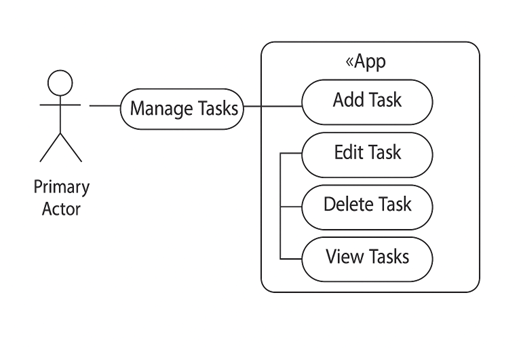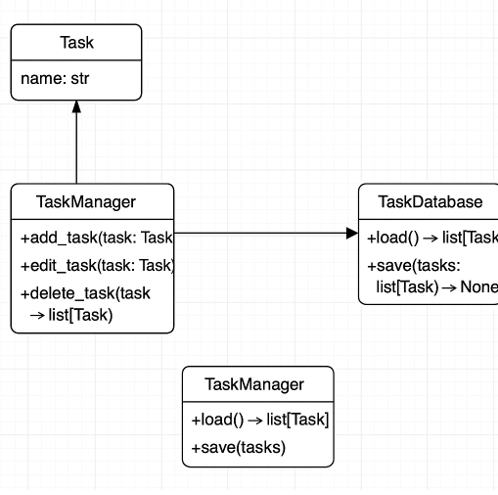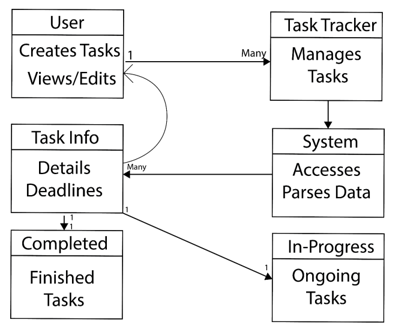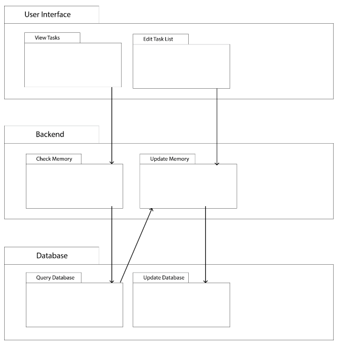Software Engineering I - Final
1/36
There's no tags or description
Looks like no tags are added yet.
Name | Mastery | Learn | Test | Matching | Spaced |
|---|
No study sessions yet.
37 Terms
Responsibilities in responsibility-driven design
Knowing and doing responsibilities
Creator pattern
Focuses on who should create an instance of a class
When should Class B create Class A according to the Creator pattern?
When Class B aggregates or contains instances of Class A
Primary goal of the Low Coupling pattern
To reduce the impact of changes in one element on other elements
Risk of high coupling between objects
Greater likelihood of ripple effects when one class changes
GRASP
General Responsibility Assignment Software Patterns
Primary goal of GRASP patterns
To assign responsibilities to classes and objects in a design
Responsibility in object-oriented design
A function or duty assigned to a class or object
Assigning responsibilities helps determine
The methods and properties each class should have
Benefit of thinking in responsibilities in OO design
Leads to more understandable and maintainable code
GRASP 'Controller' Pattern
Assign responsibility for handling system events to a non-UI object
Primary responsibility of a controller
Handle system events and delegate work to other objects
Good controller class
A class with minimal logic that coordinates tasks
High cohesion in a class
The class focuses on a single, well-defined task
Benefit of high cohesion
Better encapsulation and easier maintenance
Purpose of an abstract class in UML
Serve as a template without allowing direct instantiation
Interface in UML
A special class type with only method definitions and no implementation
Representation of an interface in UML class diagram
Rectangle with the stereotype <
Dependency in UML
A change in one class may require changes in another
Symbol representing a dependency in UML class diagrams
Dashed arrow from dependent to independent class
UML class diagram
A static structure diagram showing classes, attributes, and relationships
Association in UML
A relationship between two classes
Purpose of multiplicity in UML class diagrams
Shows how many instances of a class relate to another
Invalid UML visibility modifier
* (Global)
Operations in UML class diagrams
Methods or functions that a class can perform
Valid UML basic message expression syntax
return = message(parameter : parameterType) : returnType
Iteration over a collection in a sequence diagram
Sending the same message to all members of a collection
Nesting of frames in UML sequence diagrams
Placing one frame inside another
Messages to static methods in sequence diagrams
Messages sent to a 'metaclass'
Key trait of polymorphic messages in UML
They require multiple sequence diagrams
Use Case Diagram

UML Class Diagram

Domain Model

UML Interaction Diagram

Communication Diagram

Logical Architecture

Class Responsibility Cards (CRC)
